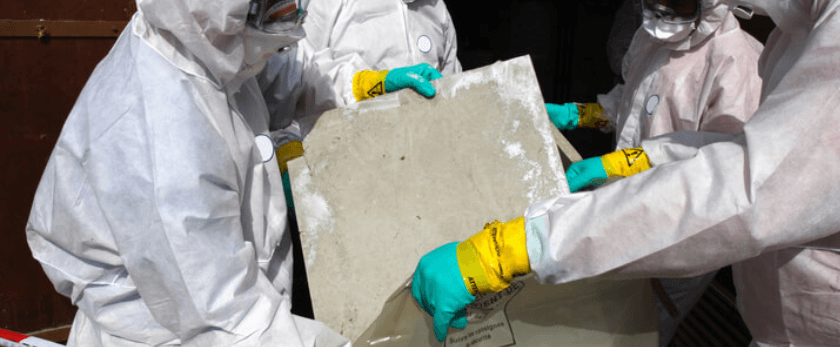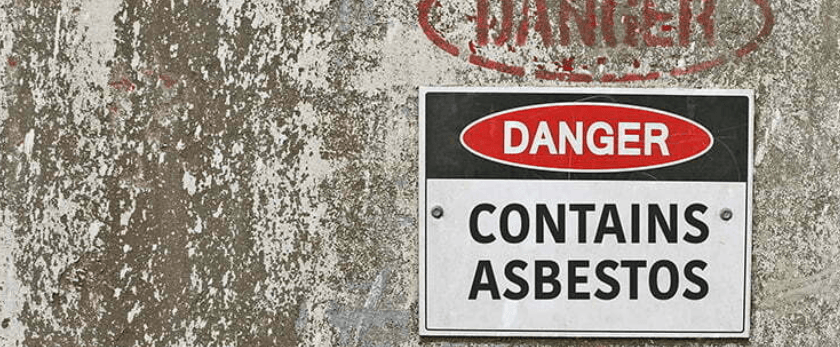Asbestos, once a widely used construction material, is now recognized as a hazardous substance that poses serious health risks. When it comes to disposing of asbestos, it's crucial to follow proper guidelines to protect yourself, your community, and the environment. In this informative article, we'll discuss the safe and eco-friendly methods for asbestos disposal.
Can You Put Asbestos in the Black Bin?
No, you should never dispose of asbestos-containing materials in your regular black bin. Asbestos is a hazardous material that requires special handling and disposal procedures to prevent harm to human health and the environment.

What Is the Hazardous Waste Threshold for Asbestos?
The hazardous waste threshold for asbestos varies by location and regulations. Generally, any material containing more than 1% asbestos is considered hazardous waste. It's essential to check your local regulations and guidelines to determine the specific threshold in your area.
Classification of Asbestos Waste
Asbestos waste is classified into two main categories:
Friable Asbestos
Friable asbestos refers to materials that are easily crumbled or reduced to powder with hand pressure. This form of asbestos is highly dangerous and requires immediate attention. Examples include old insulation, pipe lagging, and certain ceiling and floor tiles.
Non-Friable Asbestos
Non-friable asbestos consists of materials where asbestos fibers are bound within a matrix, making them less likely to release fibers unless disturbed. While less hazardous than friable asbestos, it still requires proper handling and disposal. Examples include asbestos cement products like pipes and roofing materials.
Safe Asbestos Disposal Steps
When dealing with asbestos-containing materials, it's crucial to follow these steps to ensure safe and responsible disposal:
1. Identify the Material
Before starting any removal or disposal process, determine if the material contains asbestos. If you are unsure, consult a professional asbestos inspector or lab testing service.
2. Contact the Authorities
Check your local regulations for asbestos disposal. In many areas, you must notify your local environmental agency before removal and disposal.
3. Hire a Licensed Professional
For larger asbestos removal projects, it's advisable to hire a licensed asbestos removal contractor. They have the necessary expertise and equipment to handle asbestos safely.
4. Use Proper Protective Gear
If you choose to remove small amounts of non-friable asbestos yourself, wear protective gear such as disposable coveralls, gloves, masks with P100 filters, and safety goggles.
5. Wet the Material
Before handling, wet the asbestos-containing material to minimize the release of airborne fibers.
6. Double-Bag the Waste
Place the asbestos material in double, 6-mil plastic bags labeled as asbestos waste. Seal the bags securely with duct tape.
7. Transport and Disposal
Transport the double-bagged asbestos waste to an approved disposal site or facility designated for hazardous materials. Ensure you follow all transportation regulations.
8. Clean and Decontaminate
After disposal, carefully remove and dispose of your protective gear. Shower thoroughly and clean any tools or equipment used in the process.
Conclusion
Disposing of asbestos responsibly is essential for the health of our planet and future generations. Always follow local regulations, use proper protective gear, and consider professional assistance for safe asbestos removal. By taking these steps, you can contribute to a greener, eco-friendly lifestyle and a safer environment for all.
Remember, asbestos is a serious concern, and it's crucial to prioritize safety and sustainability when dealing with it.










